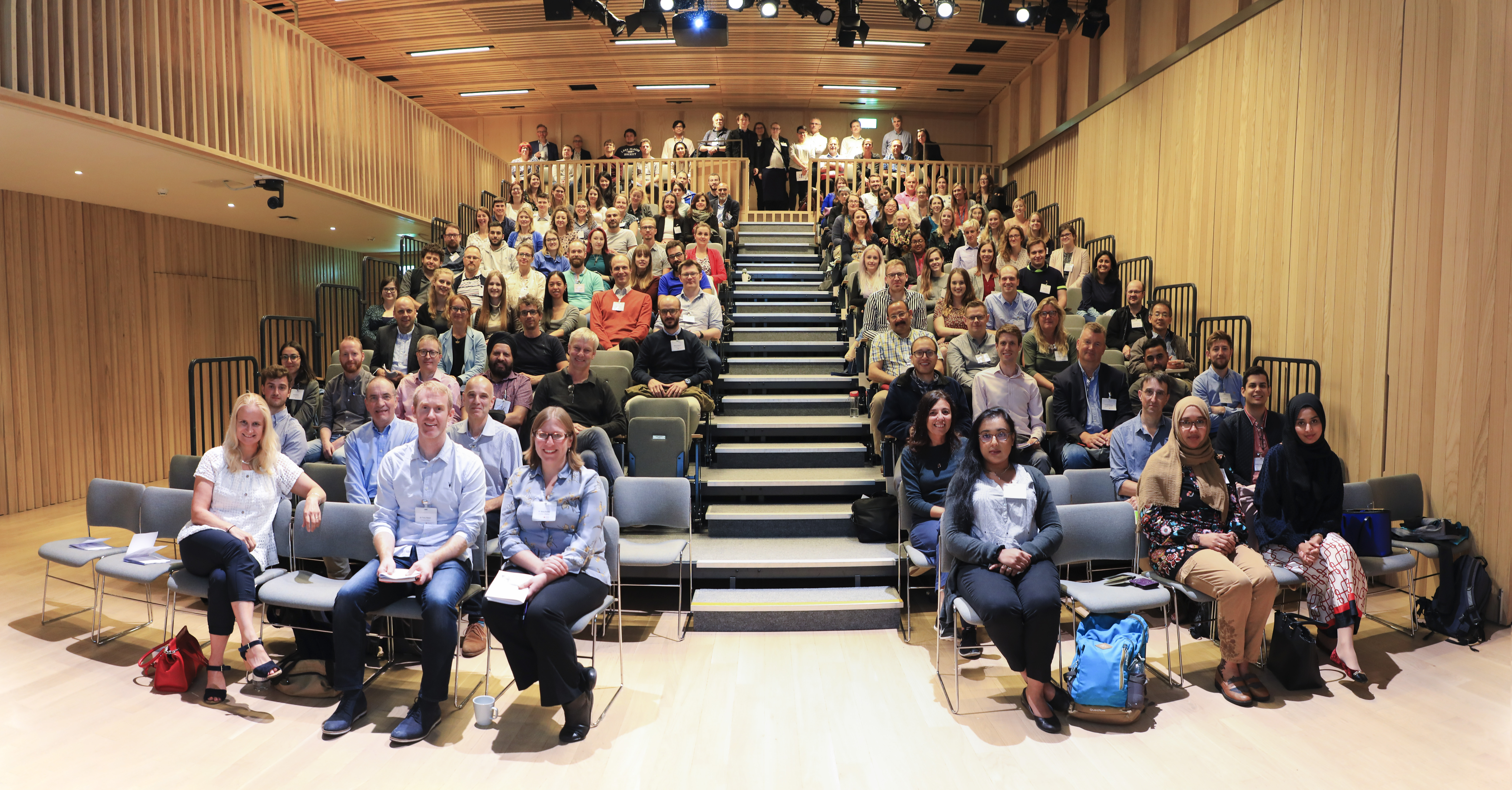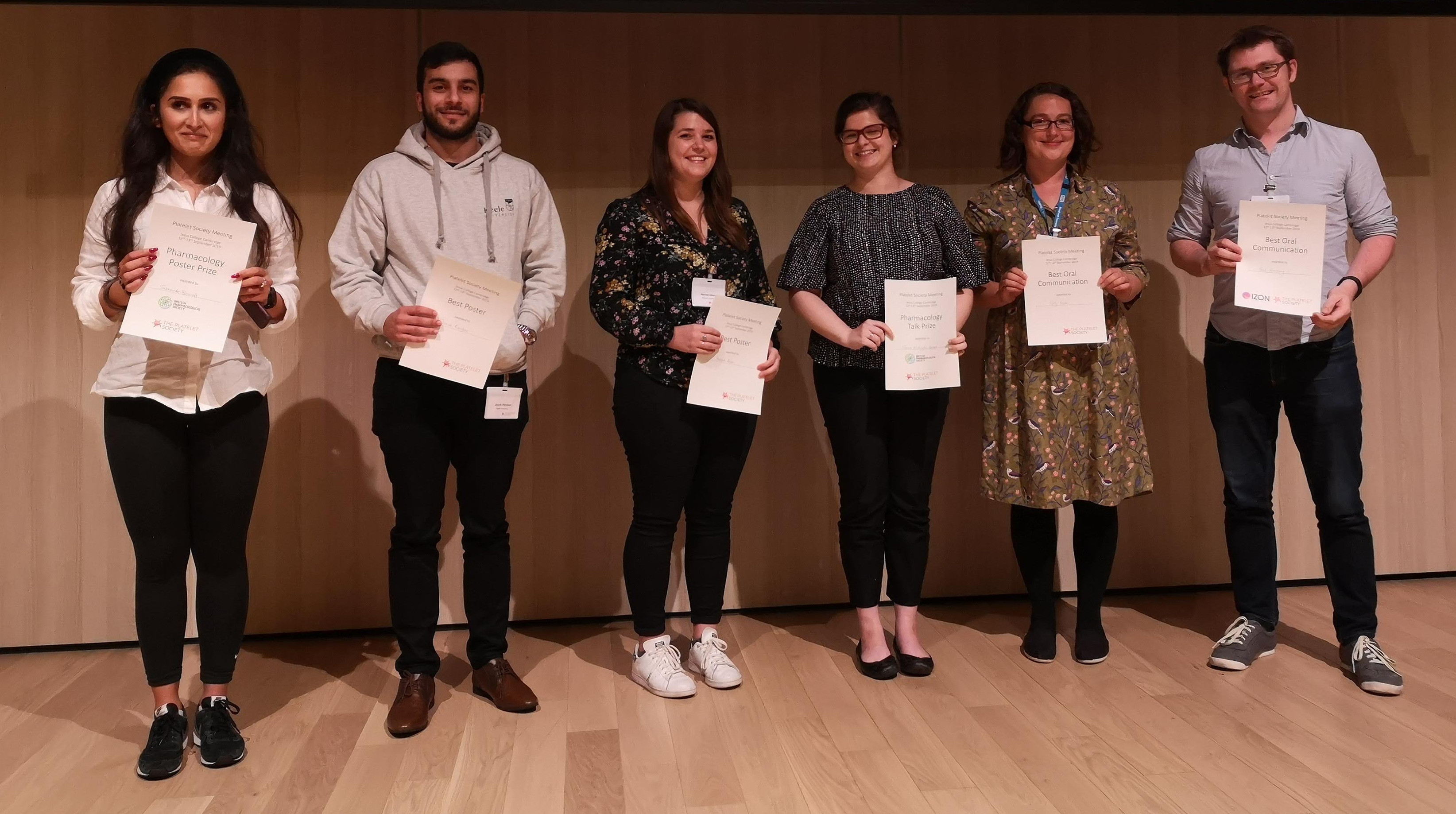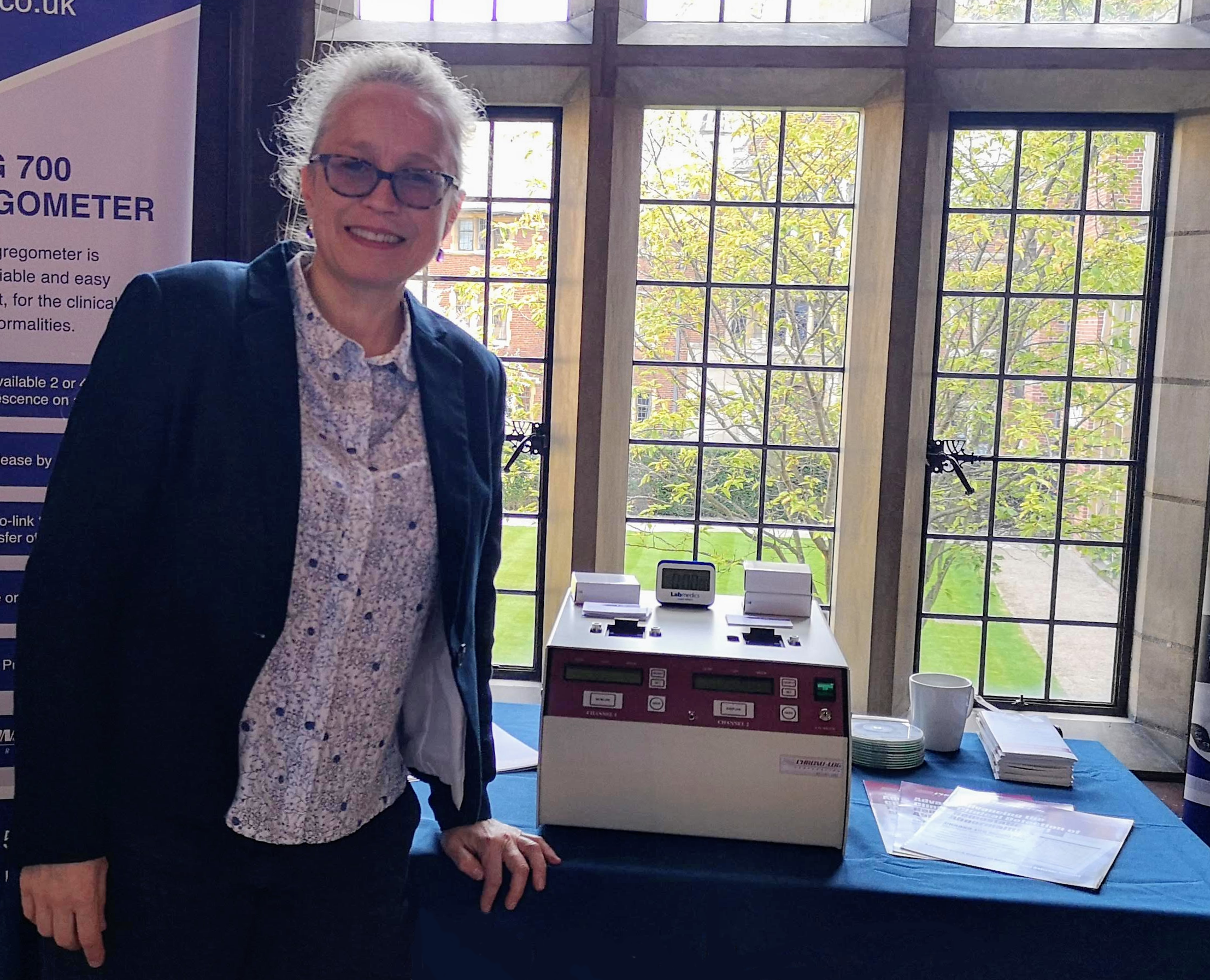The first meeting of The Platelet Society took place at Jesus College, Cambridge on 12–13 September 2019. When I agreed to host the meeting, I was keen to use the occasion to promote pharmacology in platelet research. The meeting was – I think, though I may be biased – a great success. We discussed great science, met friends old and new, and came away with plenty of new ideas. I am particularly pleased at how the topic of pharmacology was integrated into the meeting.

The Platelet Society focuses on the role of platelets in disease and was registered as a charity in 2017, following a merger with the UK Platelet Group, an informal network of scientific research groups based in the UK. It had held meetings every year or two since 1998; friendly meetings that were supportive of younger scientists. These meetings were often where PhD students gave their first conference presentations. At that time, The Platelet Society raised awareness of platelet-related bleeding disorders among patients and clinicians, primarily via fact sheets. It became apparent that a merger of the two organisations, linking basic science to patient education, would benefit both.
Pharmacology is a common theme in most platelet research, from its most basic science to its translated end. Pharmacology is a common approach used to study human platelets. The platelet lacks a nucleus, making it stubbornly unresponsive to the kind of straightforward genetic manipulations that are commonplace in the rest of cell biology – no homologous gene overexpression, no siRNA, no CRISPR-Cas9-based genome editing. It is in principle possible to modify the platelet’s precursor cell – a vast platelet factory called a megakaryocyte – to make modified platelets, but this approach is in its infancy.
Many researchers have turned to knockout mice to provide modified platelets, which has transformed our understanding of platelet biology. Mice and other animals have also shown us how platelets work in vivo. Ultimately, though, mice are not people, and murine platelets are not the same as human platelets. For example, human platelets express two proteinase-activated receptors (PARs), PAR1 and PAR4, whereas murine platelets express PAR3 and PAR4. The importance of this difference is seen with vorapaxar, a PAR1 antagonist approved by the FDA in the US in 2014 to reduce risk of myocardial infarction. Mouse platelets are unresponsive to this drug, as they lack PAR1.
There is much more to understand about PAR signalling in human platelets and how it might be better targeted. Pharmacology is also one of the important endpoints of platelet research: better understanding of platelet biology has led to the development of antithrombotic drugs, from best-sellers such as clopidogrel to newer market entries like ticagrelor and the above-mentioned vorapaxar. Therefore, pharmacology is central to our experimental approaches and to our final aims.
With this in mind, I approached the British Pharmacology Society for a Meeting and Events Grant and was delighted to be awarded some money towards organising the conference. The grant sponsored two specific initiatives to promote pharmacology. The first was a session that focused on platelet pharmacology. I invited Margaret Cunningham (University of Strathclyde) to speak about her work on PAR1 pepducins and how she brings a multidisciplinary approach to understanding mechanisms of drug action in an unbiased manner. Her talk also reminded us all that drugs are rarely as selective as first believed. Margaret’s talk was followed by four oral communications selected from submitted abstracts. All the presentations were from early career researchers and related to pharmacology, from regulation of receptors to identifying new mechanisms of action.
The standard of the oral communications was very high, which made judging them much more difficult. As with similar small meetings, The Platelet Society has prizes for the best oral communications and the best posters, with a clear understanding that PhD students and postdocs are to be favoured over us more aged researchers. The grant funded the second initiative – two additional prizes specifically for platelet pharmacology. I must admit that I chickened out of having to decide and asked Margaret to judge for me. Sarah Millington-Burgess (University of Cambridge) won the prize for the best pharmacology talk for her work on developing a new inhibitor of platelet procoagulant activity. Sukhinder Bancroft (University of Bristol) won the poster prize for her work on P2Y
12 molecular dynamics.

The meeting wasn’t just about pharmacology. A major issue facing the platelet field is having enough platelets for transfusion. Dr Rebecca Cardigan from NHS Blood and Transplant elegantly summarised the issues facing platelet transfusion, including how to supply, how to store and when transfusion might do more harm than good. Her talk inspired discussion about how basic science can address these questions. One approach would be to make platelets in vitro. Professor Alessandra Balduini (University of Pavia) described her group’s progress towards this ambitious goal through 3D bone-marrow models constructed from silk. New technology will be key to solving many of these challenges and Dr Jonathon West (University of Southampton) demonstrated the many possibilities that microfluidics bring. I’m sure that each of these talks will have sparked new research ideas.
The meeting ended with the first Gustav Born Memorial Lecture. Gustav Born’s contributions to platelet science are hard to overstate. His aggregometer opened a new way to study platelets that remains the backbone of many research and clinical labs. He also made key contributions to the investigation of aspirin-inhibited platelet aggregation and atherosclerosis development. The Gustav Born Memorial Lecture has two aims: to remember Gustav and his contributions to our field, and to recognise others who have made major contributions. The Lecture was given by Professor Richard Farndale (University of Cambridge), who has done so much to define how platelets interact with the damaged vessel wall, just before his retirement. Richard was presented with a plaque by
Carey Born, Gustav’s daughter, pictured here next to a modern version of the aggregometer that Gustav invented.

Richard spoke about his work on collagens and the binding sites for platelet receptors such as GPVI. During the session we also heard oral communications related to collagen and its receptors. Notably, research on a novel inhibitor of glycoprotein VI brings us all the way from the basic science of the collagen-platelet interaction to the pharmacology of a potential therapeutic.
When I was asked to host the meeting I – perhaps naively – didn’t appreciate quite how much work was needed. I’m glad I agreed, however, and I’m pleased to have had the opportunity to weave pharmacology through the meeting as a recurring theme.
Comments
If you are a British Pharmacological Society member, please
sign in to post comments.